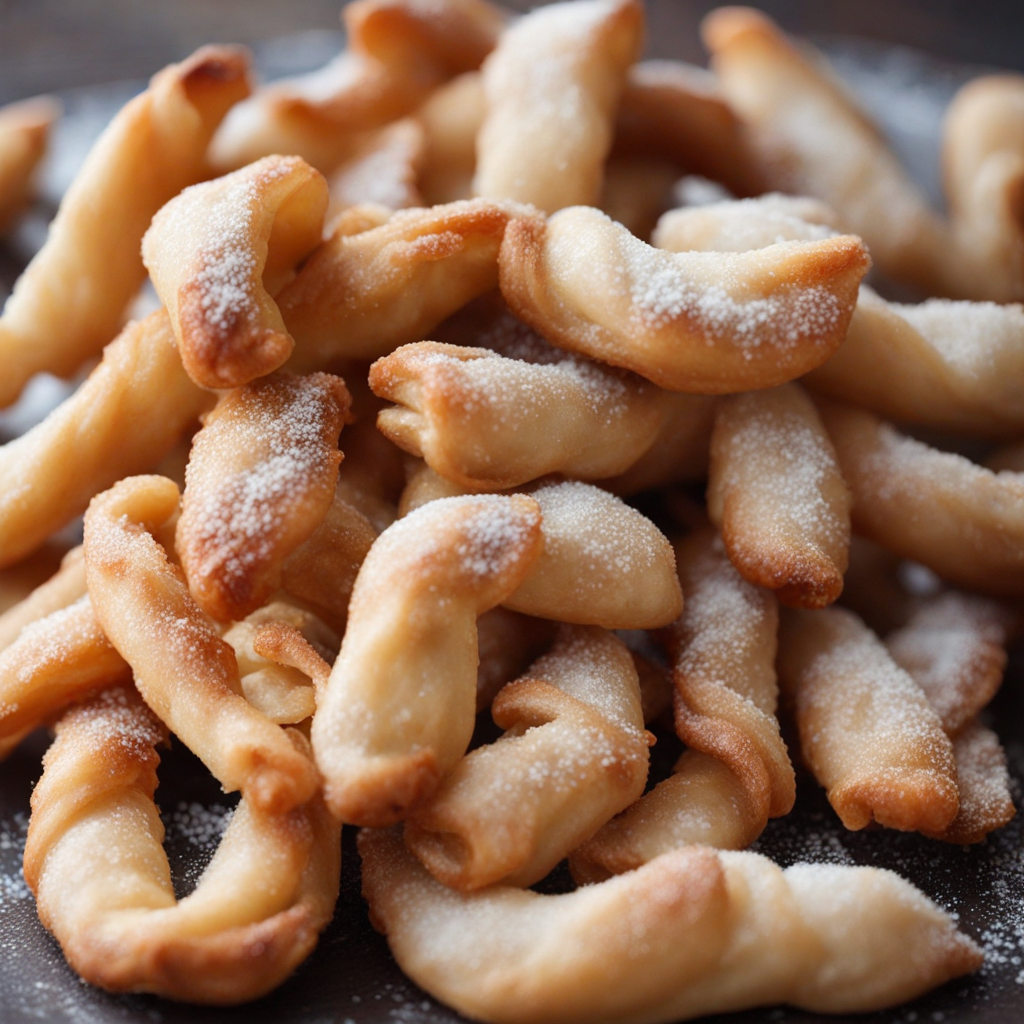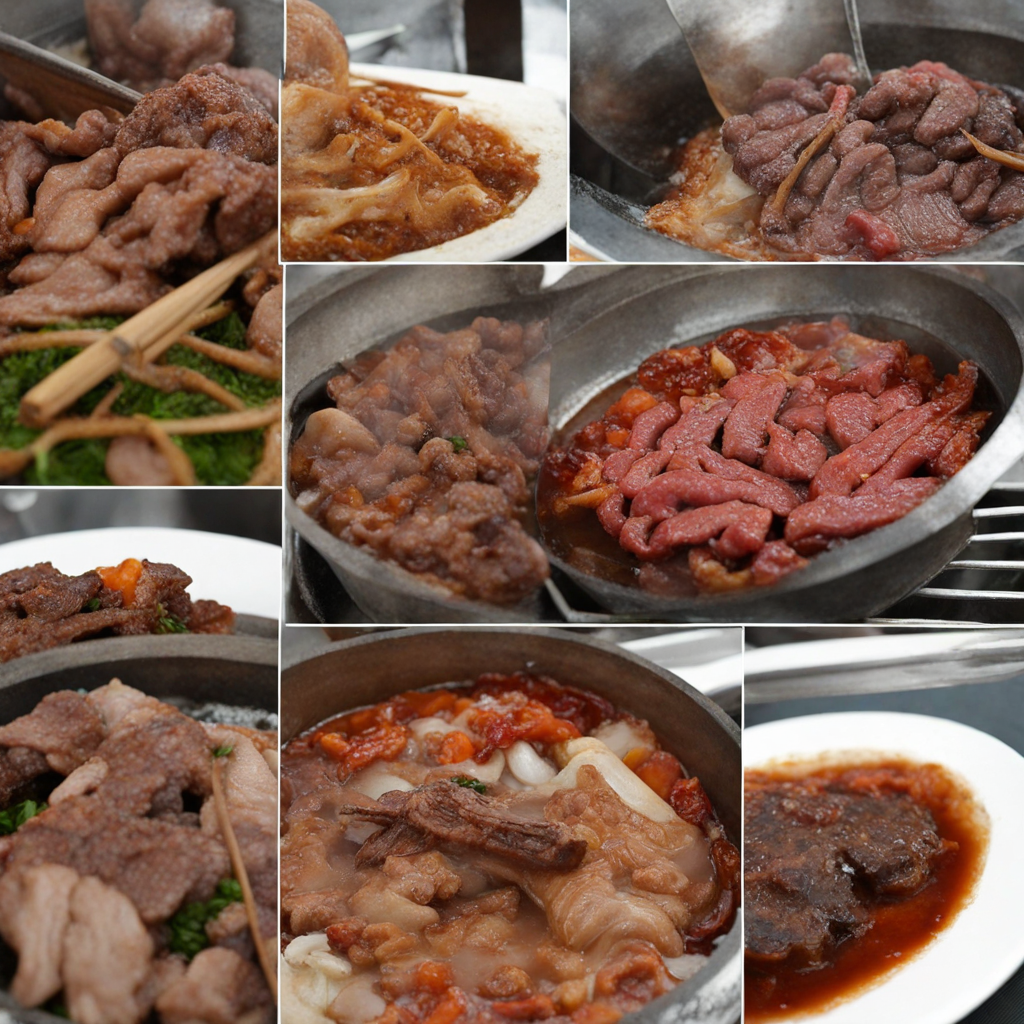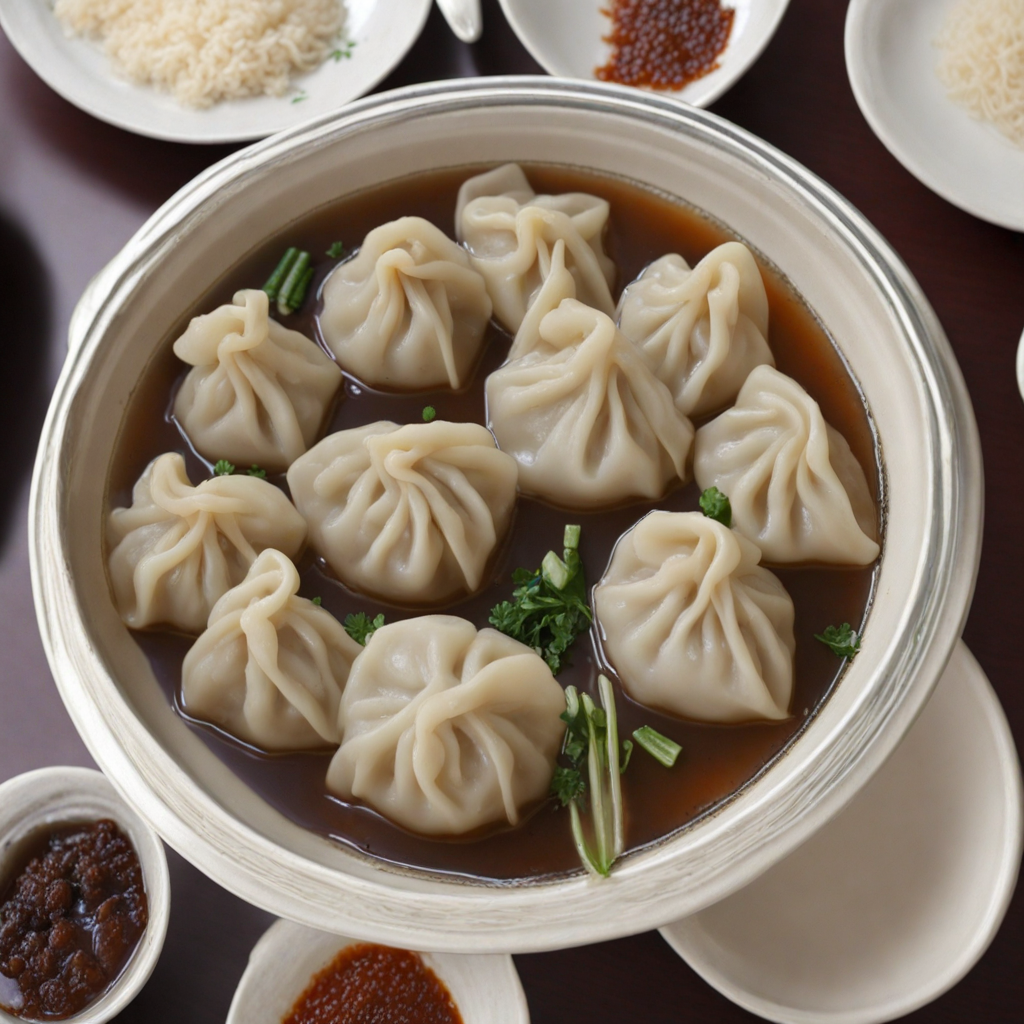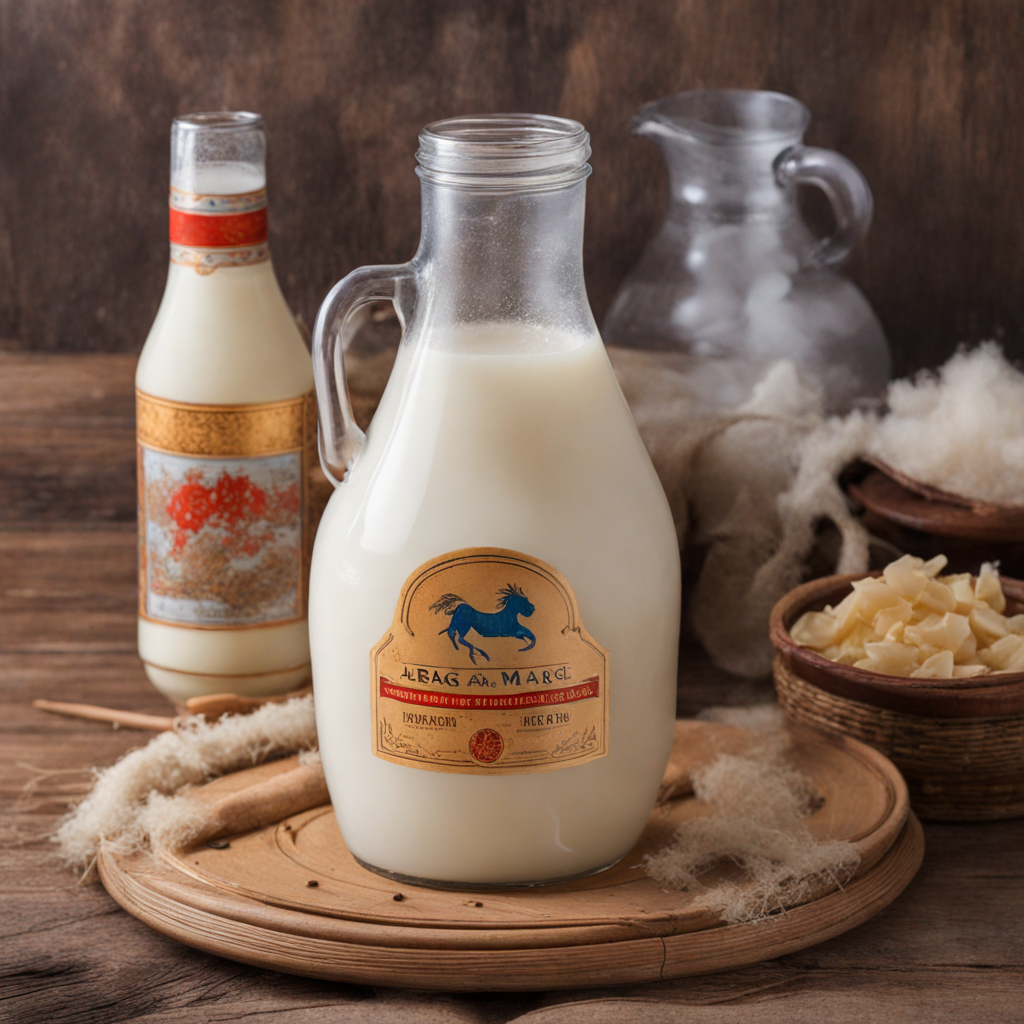Boortsog
Boortsog is a traditional Mongolian fried pastry that embodies the essence of the country's culinary heritage. These delightful treats are made from a simple dough consisting of flour, water, milk, and a hint of sugar, formed into various shapes, often resembling small discs or strips. The dough is then deep-fried until golden brown, resulting in a crispy exterior that gives way to a soft, tender interior. The balance of textures is truly remarkable, making each bite a delightful experience. When served warm, Boortsog exudes a comforting aroma that invites you to dive in and savor its unique flavor. Traditionally, Boortsog is enjoyed during celebrations, family gatherings, and special occasions, reflecting the warmth of Mongolian hospitality. While the basic version is delicious on its own, variations can be found, such as the addition of spices or fillings that cater to different tastes. Some might even drizzle honey or sprinkle powdered sugar on top, giving it a sweet twist. The versatility of Boortsog allows it to be paired with various accompaniments, from tea to hearty soups, enhancing the overall culinary experience. For those seeking to discover new flavors, Boortsog offers a taste journey that is both nostalgic and adventurous. Each piece captures the spirit of Mongolia, with its rich history and vibrant culture reflected in every bite. Whether enjoyed as a snack, dessert, or a side dish, Boortsog promises to introduce your palate to the comforting and unpretentious side of Mongolian cuisine, inviting you to explore further the diverse offerings of this remarkable country.
How It Became This Dish
The History of Боорцог: Mongolia’s Deep-Fried Delight Origins: The Heart of Nomadic Culture Боорцог, pronounced "boortsog," is a traditional Mongolian fried pastry that embodies the rich and resilient spirit of the Mongolian people. Its origins are deeply intertwined with the pastoral nomadic lifestyle that has characterized Mongolia for centuries. The word "боорцог" itself is believed to stem from the Mongolian language, with "боор" meaning "fat" or "grease," a nod to the cooking method that employs oil or animal fat, and "цог" referring to a piece or chunk. Historically, the nomadic tribes of Mongolia relied heavily on their livestock—horses, camels, sheep, goats, and yaks—for sustenance. Milk and meat were staples, and the nomads learned to utilize every part of their animals, including fats, to create nourishing foods. Boortsog, with its simple ingredients of flour, water, salt, and often a touch of milk or sugar, became a practical and versatile option for the nomads. It could be prepared quickly, fried over an open flame, and easily transported, making it ideal for life on the move. Cultural Significance: More than Just Food Boortsog is not merely a culinary delight; it holds significant cultural importance in Mongolia. Traditionally, it is served during celebrations and special occasions, including weddings, festivals, and family gatherings. The pastry is often shaped into various forms, like circles or spirals, and can be sprinkled with sugar or served with tea, making it a beloved treat. One of the most notable cultural associations of boortsog is its connection to hospitality. In Mongolian culture, offering food to guests is a vital act of kindness and respect. A plate of freshly made boortsog signifies warm welcomes and generosity. This tradition is especially prominent during Tsagaan Sar, the Mongolian Lunar New Year, when families prepare numerous dishes, including boortsog, to honor ancestors and share joy with friends and relatives. Moreover, the pastry has a spiritual dimension. In some traditions, boortsog is placed on the altar to honor spirits and ancestors, symbolizing the connection between the living and the dead. This practice reflects the deep-seated beliefs in shamanism and the importance of ancestral reverence in Mongolian culture. Development Over Time: Adaptations and Modern Influences As Mongolia transitioned from a largely nomadic society to a more settled one, the preparation and consumption of boortsog began to evolve. The 20th century brought about significant changes, particularly with the introduction of Soviet influence. During this time, boortsog began to be produced commercially, with variations appearing in urban centers. Bakeries emerged, and the pastry became more widely available to the general population, moving beyond its traditional nomadic roots. Modern variations of boortsog have emerged, reflecting the influence of globalization and changing culinary tastes. While the traditional recipe remains popular, contemporary chefs have experimented with fillings, introducing options like sweetened red bean paste, fruit preserves, or even savory meat fillings. These innovations have allowed boortsog to stay relevant in a rapidly changing food landscape while retaining its cultural significance. In addition to these culinary adaptations, boortsog has also found its way into the international food scene. With the growing interest in Mongolian cuisine, boortsog has been featured in restaurants around the world, often celebrated for its unique flavor and texture. Food festivals and cultural events have showcased this delightful pastry, helping to educate and inspire a broader appreciation for Mongolia’s rich culinary heritage. The Role of Boortsog in Modern Mongolia Today, boortsog continues to be a cherished part of Mongolian cuisine and identity. It is still a staple in many households, with families passing down traditional recipes through generations. Cooking boortsog can serve as a bonding activity, bringing family members together to share stories while preparing the dough and frying the pastries. In the context of modern Mongolia, where urbanization and globalization pose challenges to traditional practices, boortsog has become a symbol of nostalgia and cultural pride. Many Mongolians, regardless of their location, have a fondness for this pastry that evokes memories of family gatherings, celebrations, and the warmth of home. Its presence at festivals and communal events reinforces the sense of community and shared heritage. Furthermore, the rise of social media has allowed individuals to share their culinary creations and experiences with boortsog, fostering a renewed interest in traditional foods among younger generations. This digital platform has enabled a revival of interest in Mongolian cooking, encouraging people to explore their culinary roots while also adapting traditional recipes to fit contemporary lifestyles. Conclusion: A Culinary Legacy In summary, boortsog is more than just a deep-fried pastry; it is a reflection of Mongolia's nomadic heritage, cultural significance, and adaptability. From its humble beginnings as a practical food for nomads to its evolution into a beloved treat enjoyed during celebrations and shared among families, boortsog has withstood the test of time. It serves as a delicious reminder of the resilience and hospitality of the Mongolian people, bridging the past and the present. As Mongolia continues to navigate the complexities of modern life while honoring its rich traditions, boortsog remains a vital part of its culinary landscape. With each bite, one can taste the history, cultural pride, and the spirit of community that this simple yet profound pastry represents. Whether enjoyed at a festive gathering or a quiet family meal, boortsog is a testament to the enduring legacy of Mongolian cuisine and the stories that are woven into each delicious morsel.
You may like
Discover local flavors from Mongolia







